
Omiya Ichibangai
Omiya Ichibangai, Japan's premier Bonsai Village, offers a serene escape into the meticulous art of miniature trees. Explore centuries-old living scul...

Highlights
Must-see attractions

Social
From TikTok & Reddit
Best Time
Blossoms and pleasant weather

Omiya Ichibangai
Best Time
Blossoms and pleasant weather

Highlights
Must-see attractions
Omiya Ichibangai, Japan's premier Bonsai Village, offers a serene escape into the meticulous art of miniature trees. Explore centuries-old living sculptures.
"A tranquil haven where living art flourishes, Omiya Ichibangai is a testament to patience and natural beauty."

Wear Comfortable Shoes
You'll be doing a lot of walking between nurseries and gardens. :athletic_shoe:
Allow Ample Time
Don't rush! Each nursery has unique specimens. Give yourself at least 2-3 hours to explore. :clock1:

Highlights
Discover the most iconic attractions and experiences

The Majestic Bonsai Trees
Various nurseries and gardens
Witness centuries-old bonsai trees, meticulously shaped into miniature natural landscapes. A true testament to patience and artistry.

Omiya Bonsai Art Museum
Within Omiya Ichibangai
Delve deeper into the history and techniques of bonsai cultivation through fascinating exhibits and displays.

Tranquil Garden Strolls
Throughout the village
Wander through serene pathways, discovering hidden gems and enjoying the peaceful ambiance of this horticultural haven.
Plans like a pro.
Thinks like you
Planning Your Visit
Navigating Omiya Ichibangai
Best Time to Immerse in Bonsai Art
Best Times
Insider Tips
from TikTok, Instagram & Reddit
Wear Comfortable Shoes
You'll be doing a lot of walking between nurseries and gardens. :athletic_shoe:
Allow Ample Time
Don't rush! Each nursery has unique specimens. Give yourself at least 2-3 hours to explore. :clock1:
Ask Nursery Owners
Many owners are passionate and happy to share insights about their bonsai. :speech_balloon:
Photography is Welcome
Capture the beauty, but be mindful of other visitors. :camerawithflash:
Tips
from all over the internet
Wear Comfortable Shoes
You'll be doing a lot of walking between nurseries and gardens. :athletic_shoe:
Allow Ample Time
Don't rush! Each nursery has unique specimens. Give yourself at least 2-3 hours to explore. :clock1:
Ask Nursery Owners
Many owners are passionate and happy to share insights about their bonsai. :speech_balloon:
Photography is Welcome
Capture the beauty, but be mindful of other visitors. :camerawithflash:
What Travellers Say
Reviews Summary
Visitors rave about Omiya Ichibangai as a serene and beautiful escape, highlighting the incredible artistry of the bonsai trees and the peaceful atmosphere. It's a must-visit for anyone interested in Japanese horticulture and living art. Some visitors note that it can be a bit quiet for those seeking high-energy activities.
What People Like
What People Dislike
Frequently Asked Questions
🚇 🗺️ Getting There
Omiya Ichibangai is easily accessible by train. Take the JR Utsunomiya Line or JR Takasaki Line to Omiya Station. From there, it's a pleasant walk of about 15-20 minutes to the Bonsai Village. Alternatively, you can take a short taxi ride from the station.
Yes, Omiya Ichibangai is relatively close to other points of interest in Saitama City, including the Saitama Super Arena and the Railway Museum, making it a good addition to a day trip itinerary.
The village is best explored on foot. The nurseries and gardens are spread out but within walking distance of each other, allowing you to fully appreciate the serene environment.
🎫 🎫 Tickets & Entry
Entry to the Omiya Ichibangai area itself is free. However, individual bonsai nurseries may have their own admission fees or require purchases to enter their private gardens. The Omiya Bonsai Art Museum has a separate admission fee.
The nurseries typically open around 9 AM and close between 4 PM and 5 PM. It's best to check the specific hours for each nursery you plan to visit, as they can vary. The museum has its own set of operating hours.
While formal guided tours might be limited, many nursery owners are knowledgeable and can offer insights if you engage with them. Some local guides might offer specialized bonsai tours, so it's worth inquiring locally.
Absolutely! Omiya Ichibangai is a prime location to purchase bonsai trees, from small starter plants to mature, artistic specimens. Be prepared for varying price points based on age and artistry.
📸 📸 Photography
Every corner offers a picturesque view! Focus on the intricate details of the bonsai, the serene garden settings, and the unique shapes of the trees. The Omiya Bonsai Art Museum also provides excellent photo opportunities of displayed bonsai.
Generally, photography is allowed and encouraged. However, always be respectful of private property within the nurseries and avoid intrusive flash photography that might disturb the plants or other visitors.
A versatile lens, such as a 24-70mm, is great for capturing both wide garden shots and close-ups of bonsai details. A macro lens can be beneficial for highlighting the textures and delicate features of the trees.
For Different Travelers
Tailored advice for your travel style
👨👩👧 Families with Kids
Practical tip: Keep an eye on little ones to ensure they don't touch the delicate trees or disturb the gardens. Consider bringing snacks and drinks, as dining options within the village are limited. The walk from Omiya Station is manageable, but if little legs get tired, a short taxi ride is an option.
🌿 Bonsai Enthusiasts & Garden Lovers
Don't miss: Visiting the Omiya Bonsai Art Museum to understand the historical context and evolution of bonsai. Engage with nursery owners to gain insights into cultivation techniques and the philosophy behind shaping these living sculptures. This is the place to find unique specimens and perhaps even start your own bonsai journey.
Deep Dives
In-depth insights and expert knowledge
The Art and Soul of Bonsai
The village is home to numerous specialized nurseries, each with its own unique collection and style. Wandering through these establishments, you'll encounter a breathtaking array of species, from ancient pines and junipers to delicate maples and flowering cherries, all meticulously pruned and shaped. It's an opportunity to witness firsthand the dedication required to maintain these living artworks and to understand the philosophy behind this ancient Japanese art form.
Beyond the individual nurseries, the Omiya Bonsai Art Museum offers a deeper dive into the history, techniques, and cultural significance of bonsai. It provides context for the artistry you see throughout the village, showcasing historical pieces and explaining the evolution of bonsai styles. Visiting the museum enriches the experience, transforming a stroll through gardens into an appreciation of a profound cultural heritage.
Exploring the Nurseries and Gardens
Many of these nurseries feature tranquil garden settings designed to complement the bonsai. These spaces often include traditional Japanese elements like mossy rocks, raked gravel, and water features, creating a serene atmosphere that enhances the appreciation of the miniature trees. It’s a chance to experience a peaceful escape and connect with nature in a unique, artistic way.
When visiting, don't hesitate to engage with the nursery owners or staff. They are often the artists themselves and are usually happy to share their knowledge about the care, history, and artistic intent behind their bonsai. This interaction can provide invaluable insights and make your visit even more memorable.
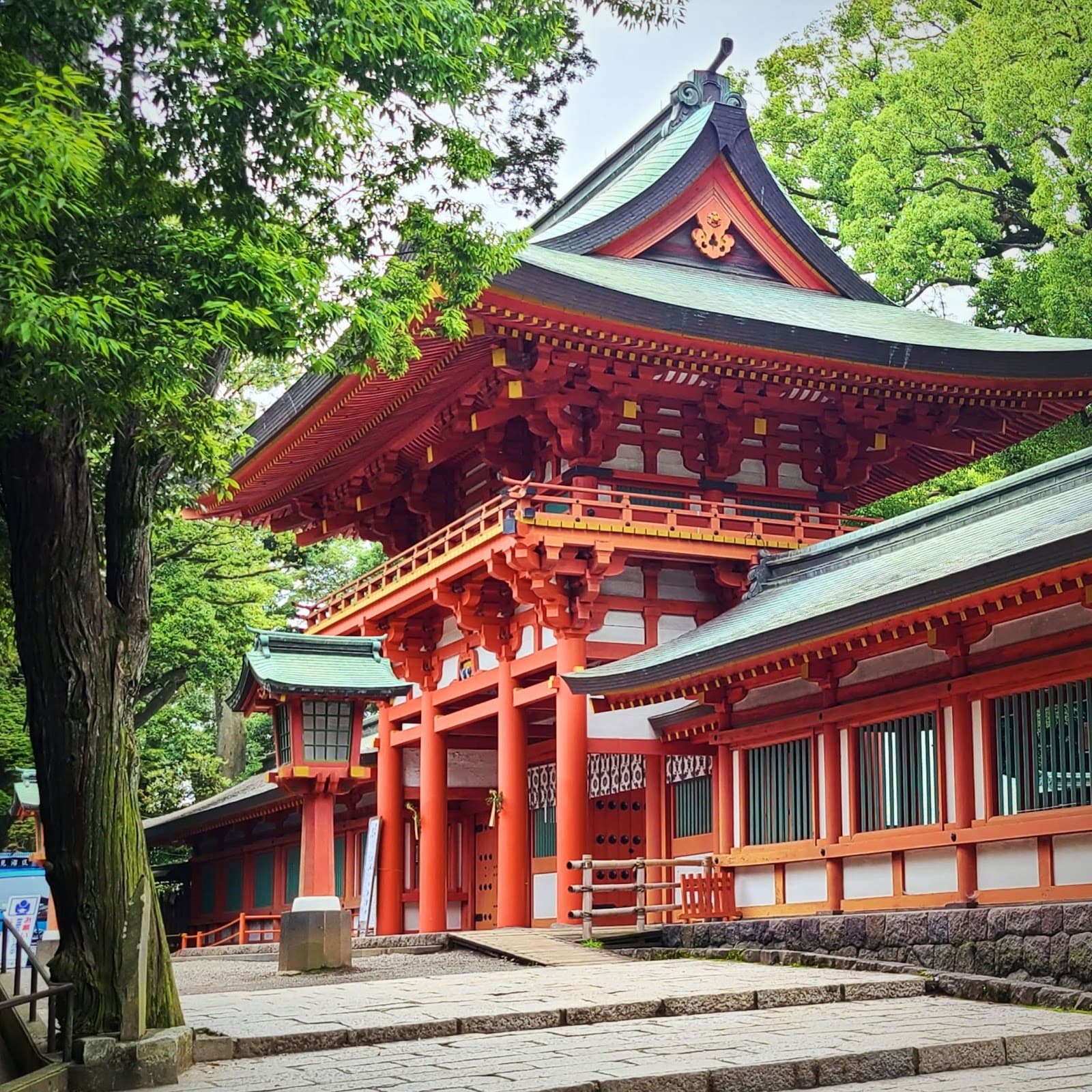
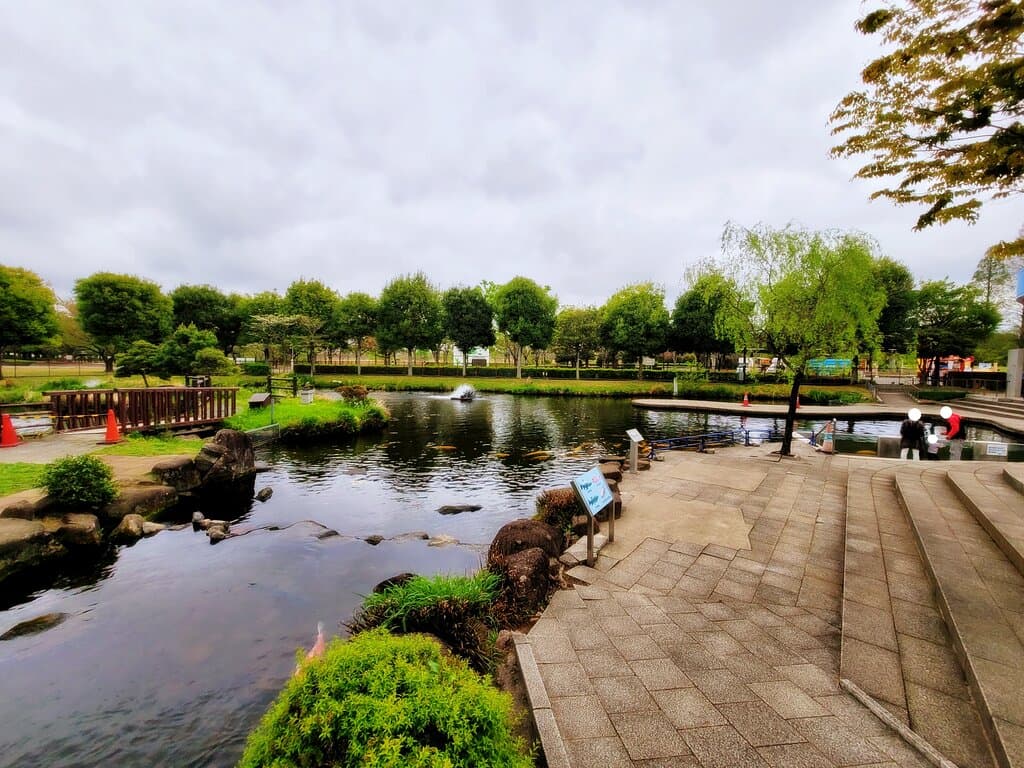
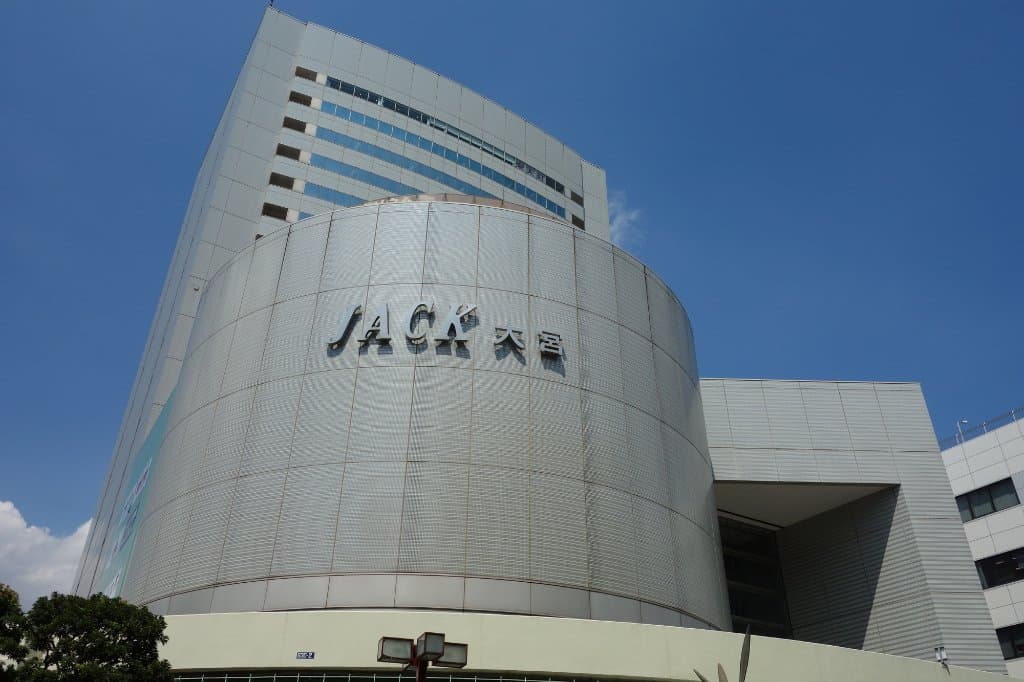
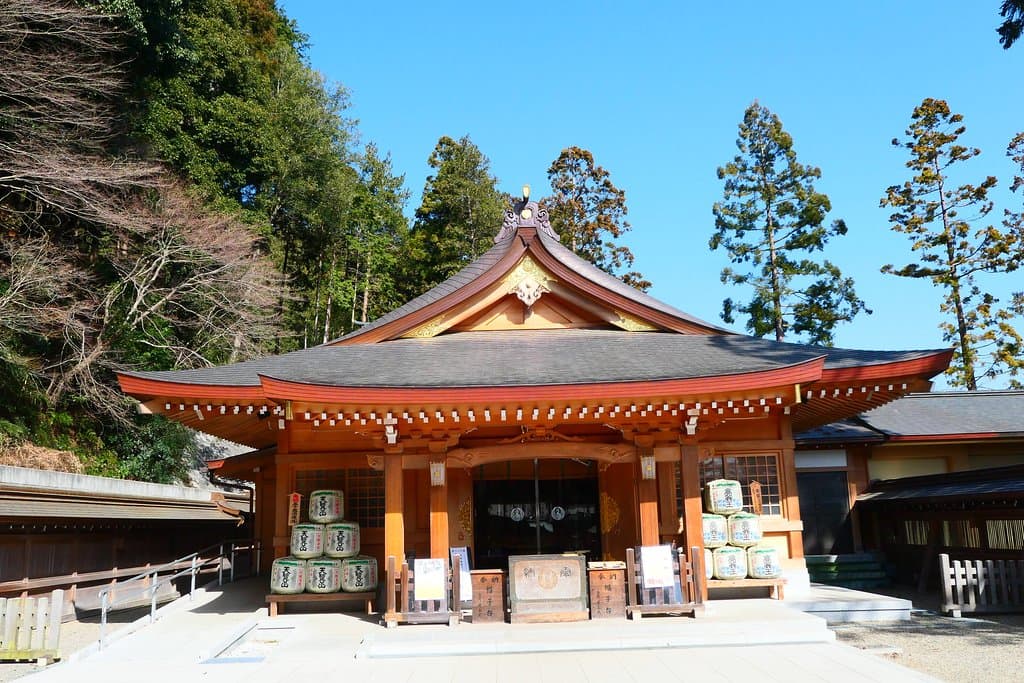
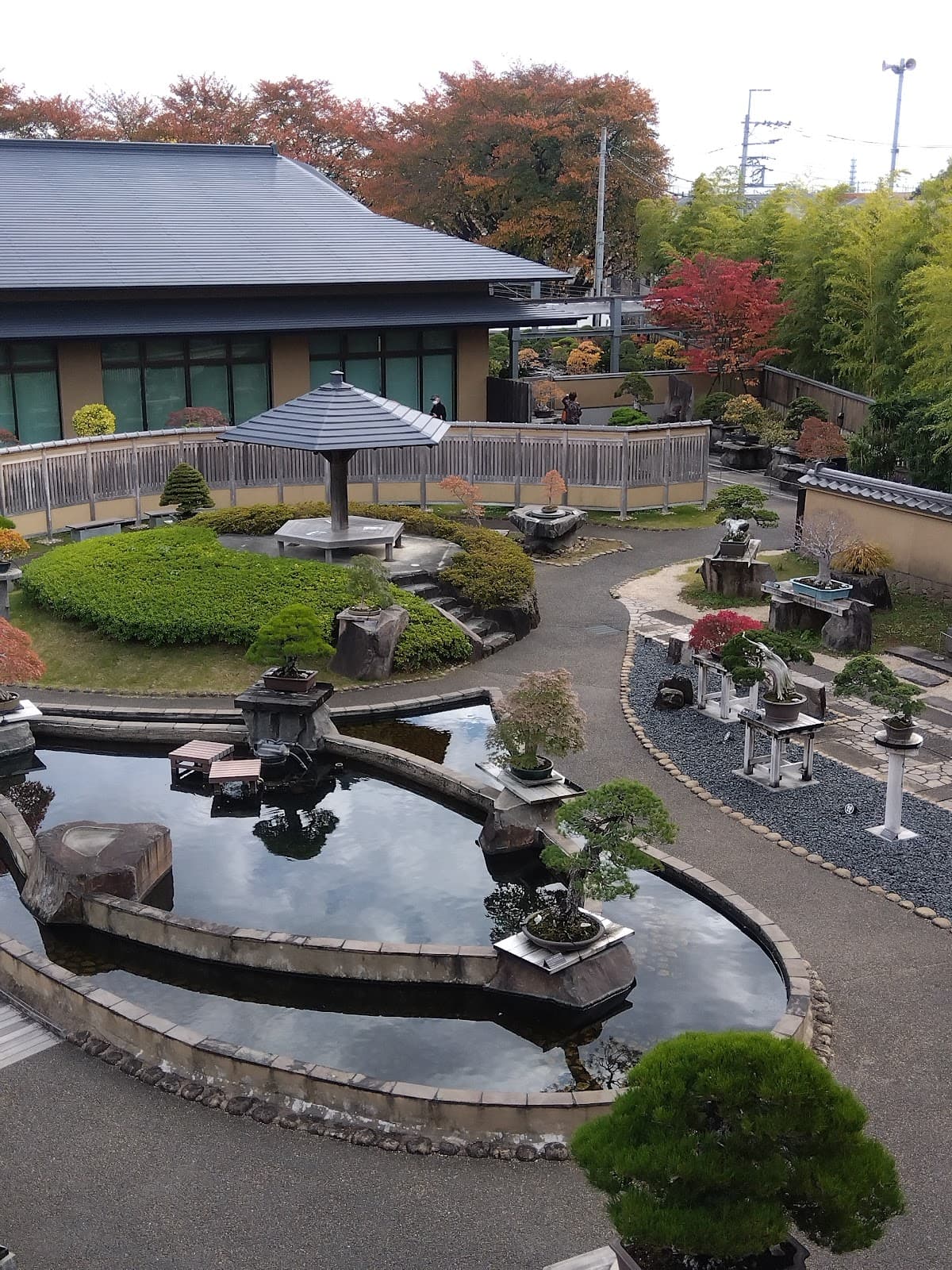
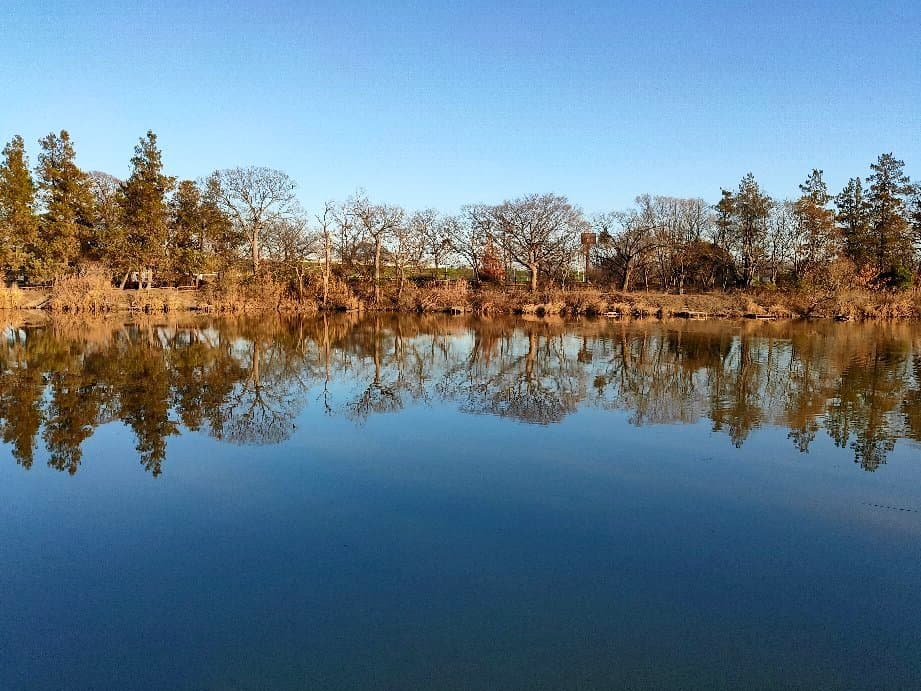
Social
from TikTok, Instagram & Reddit